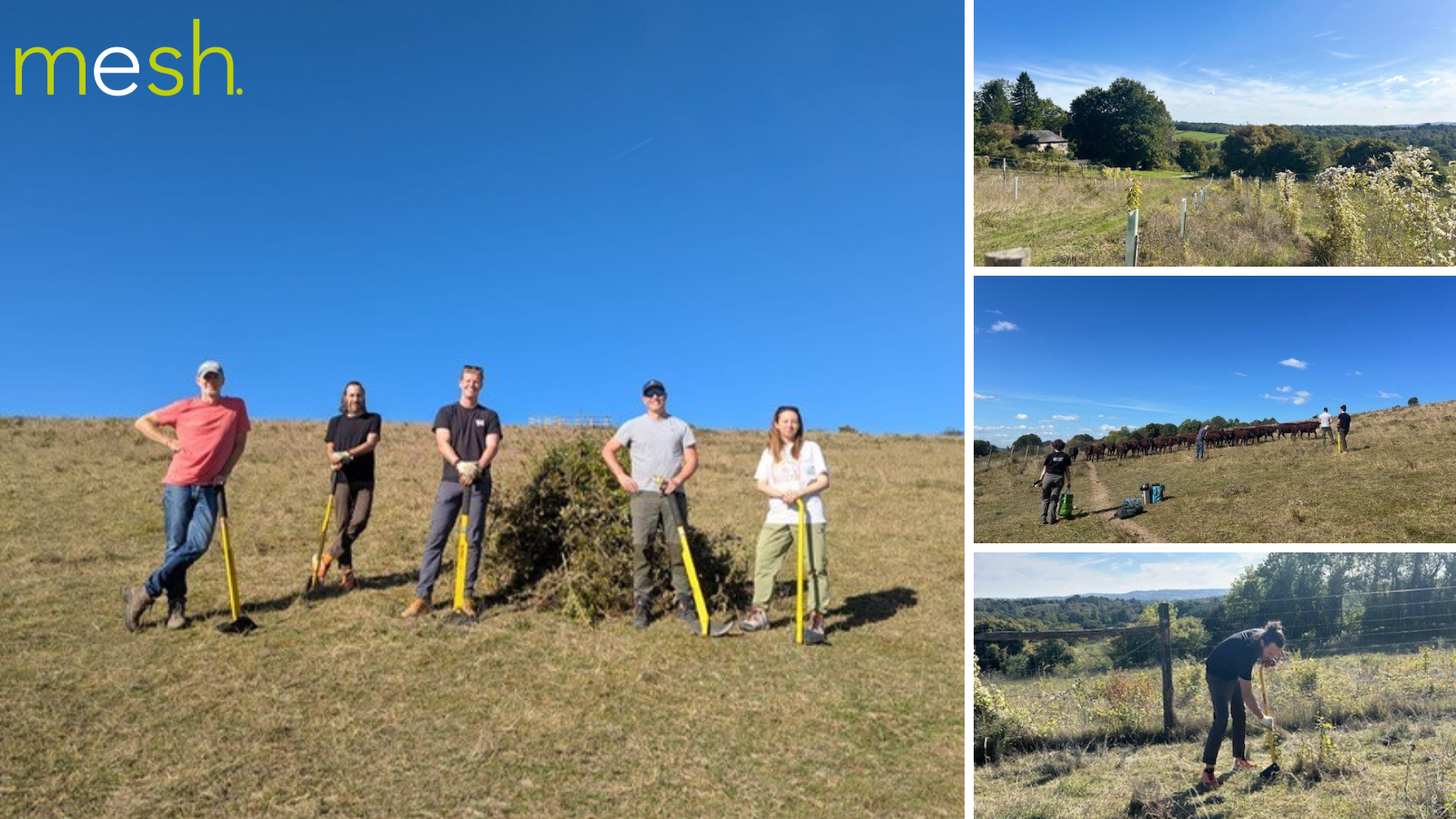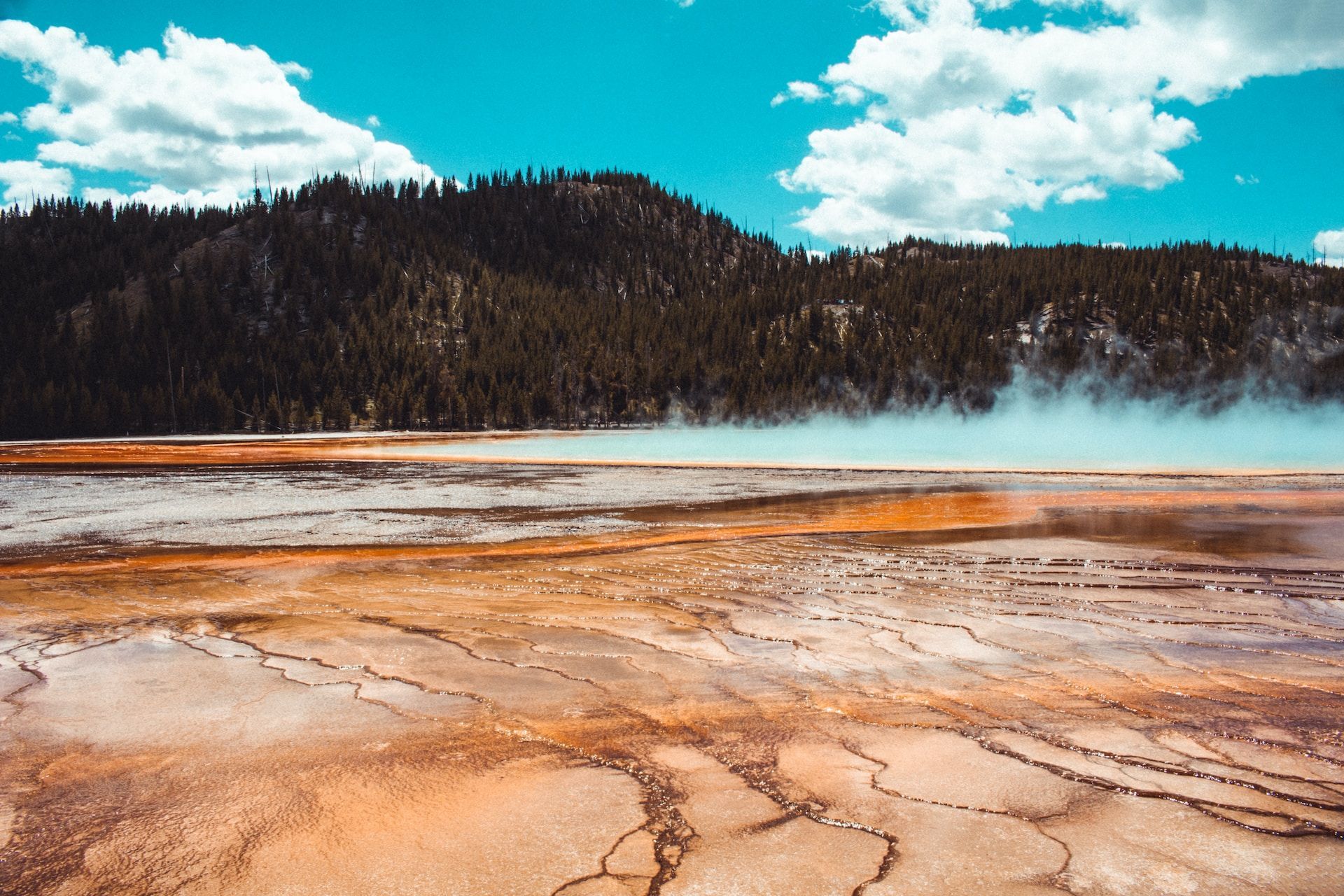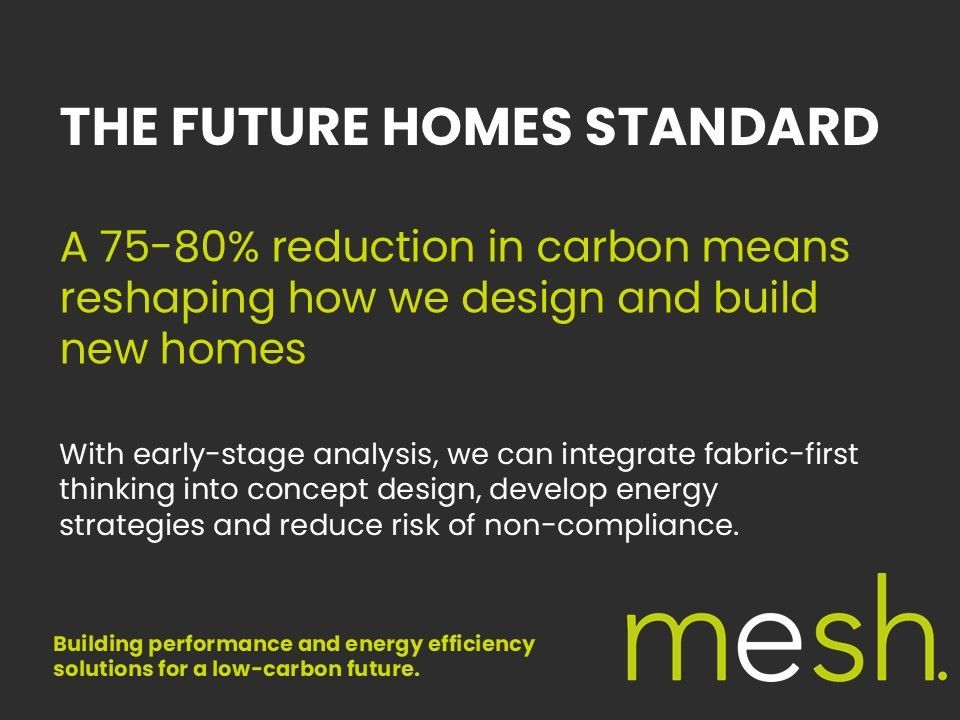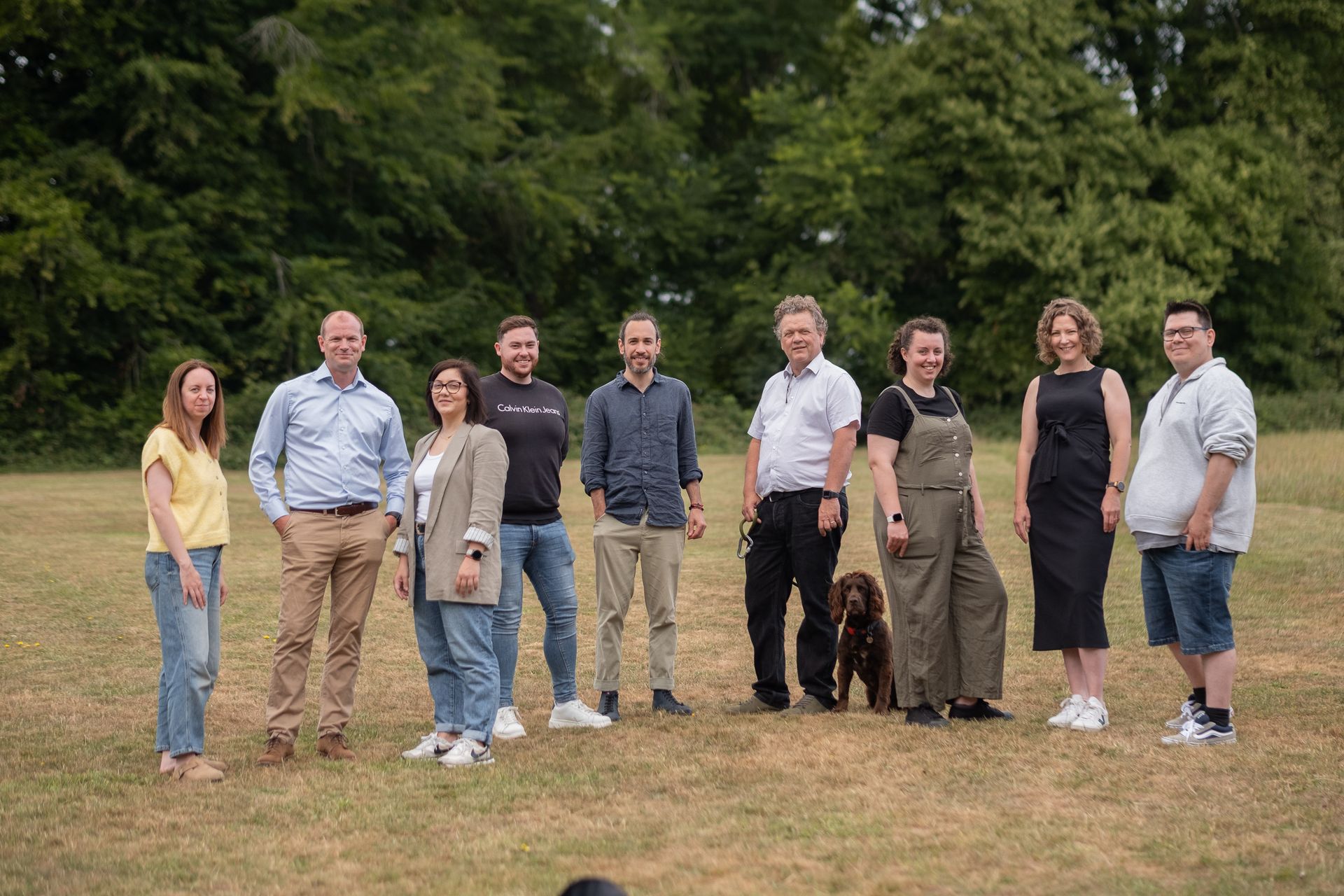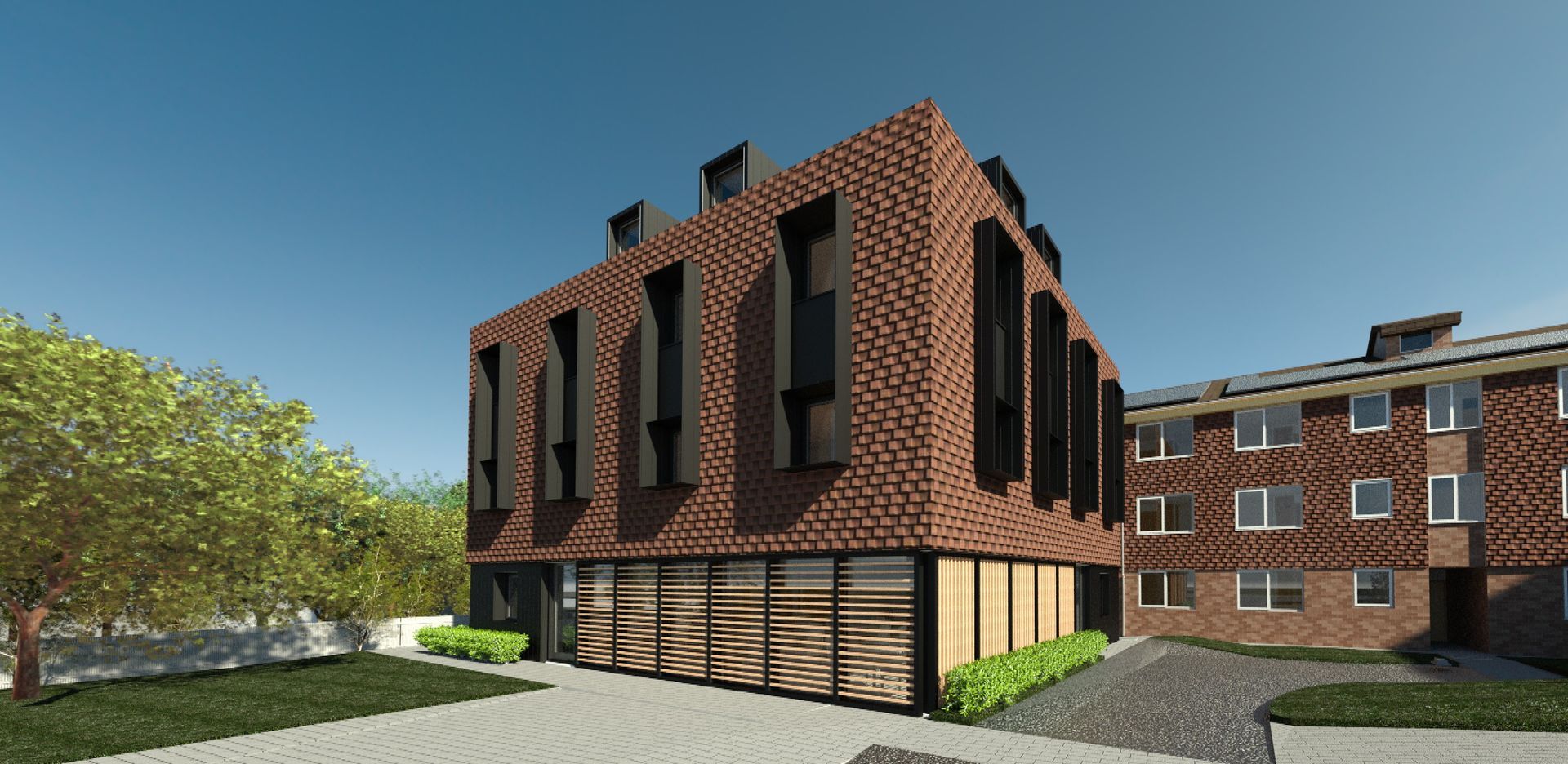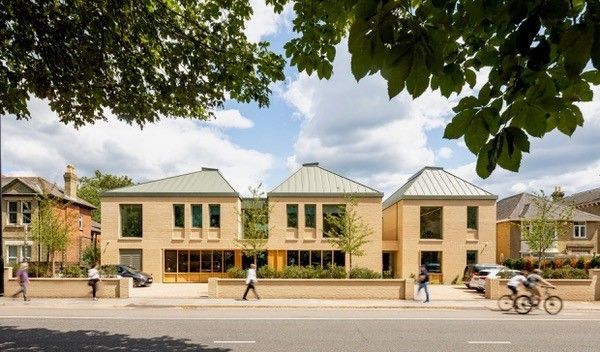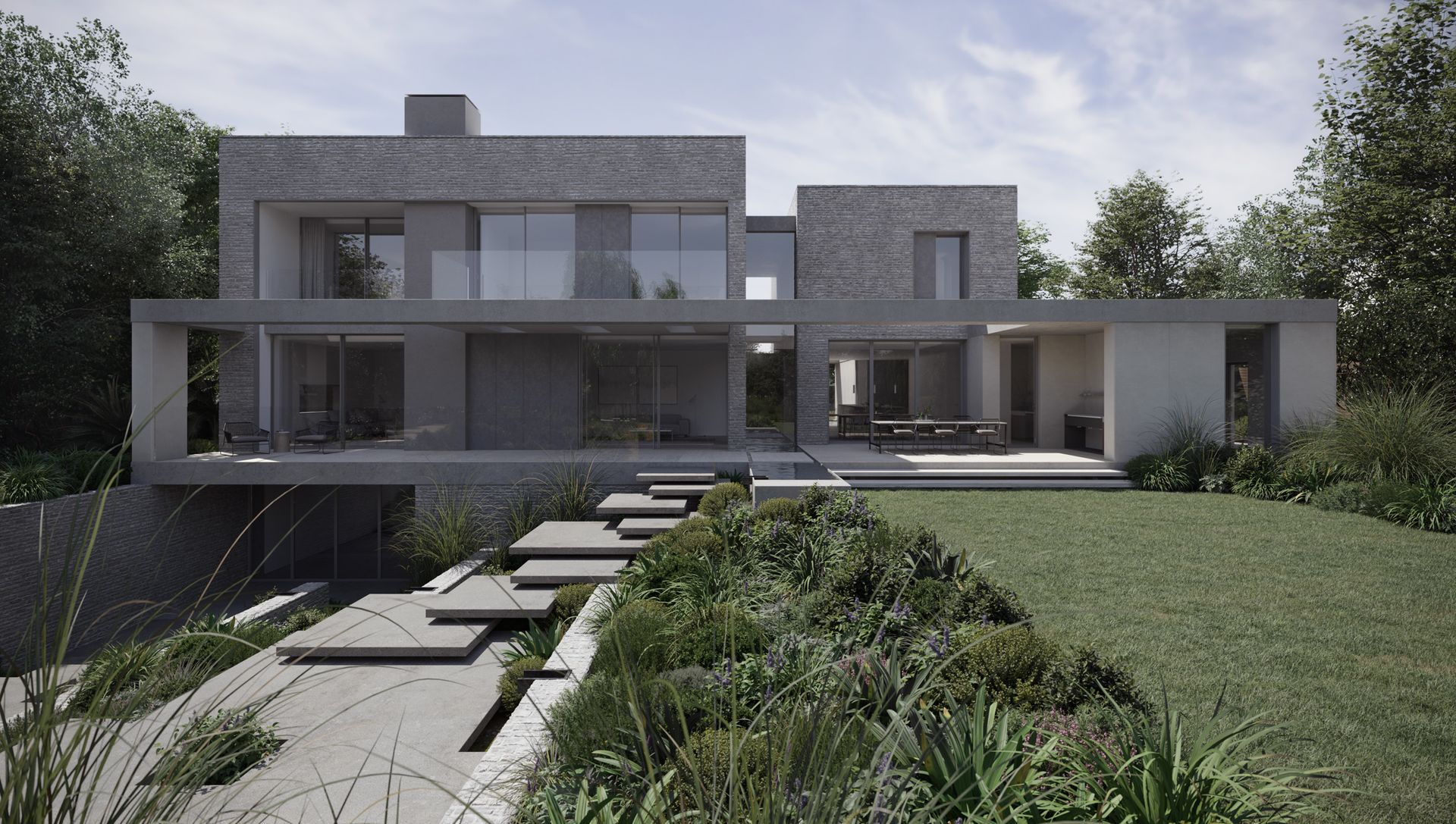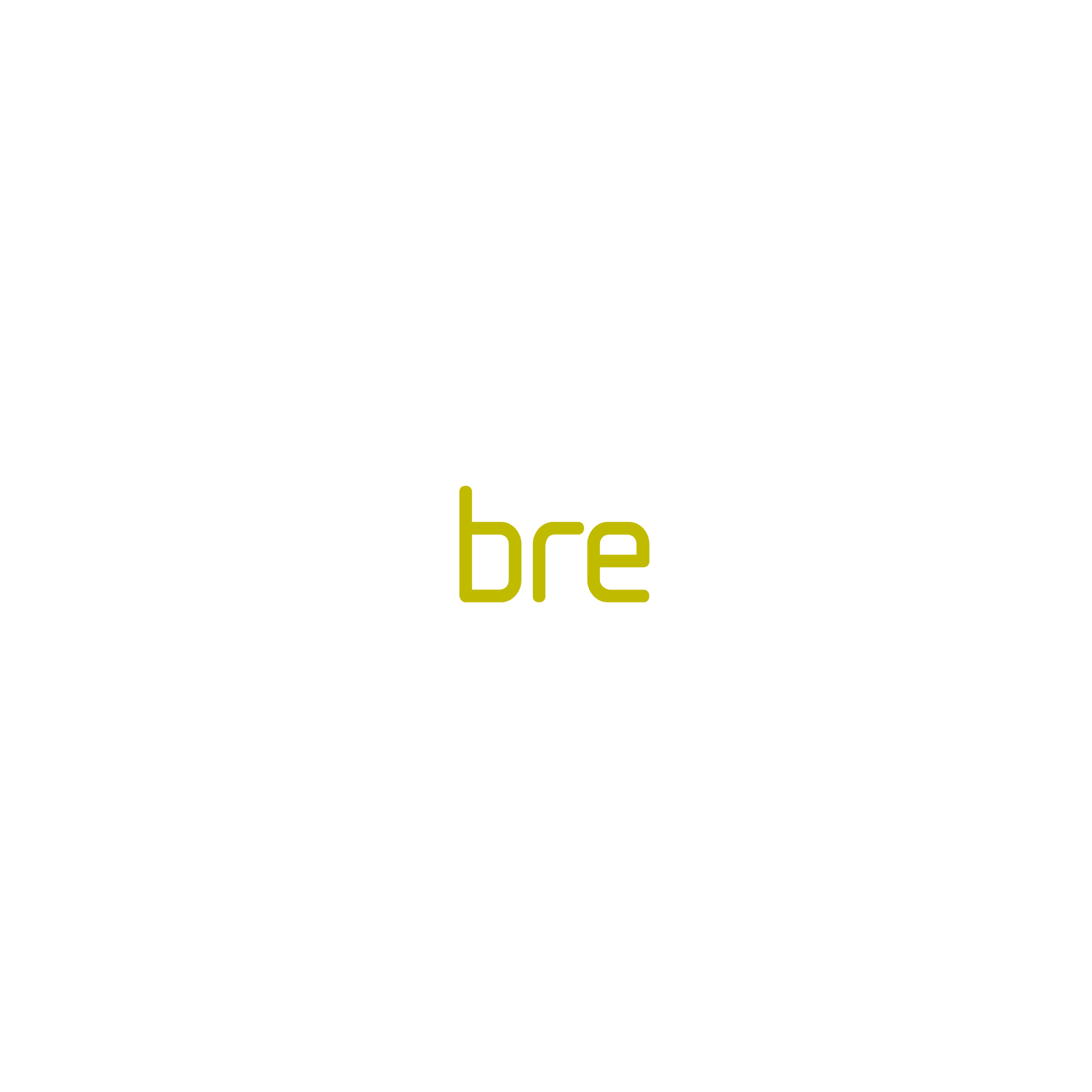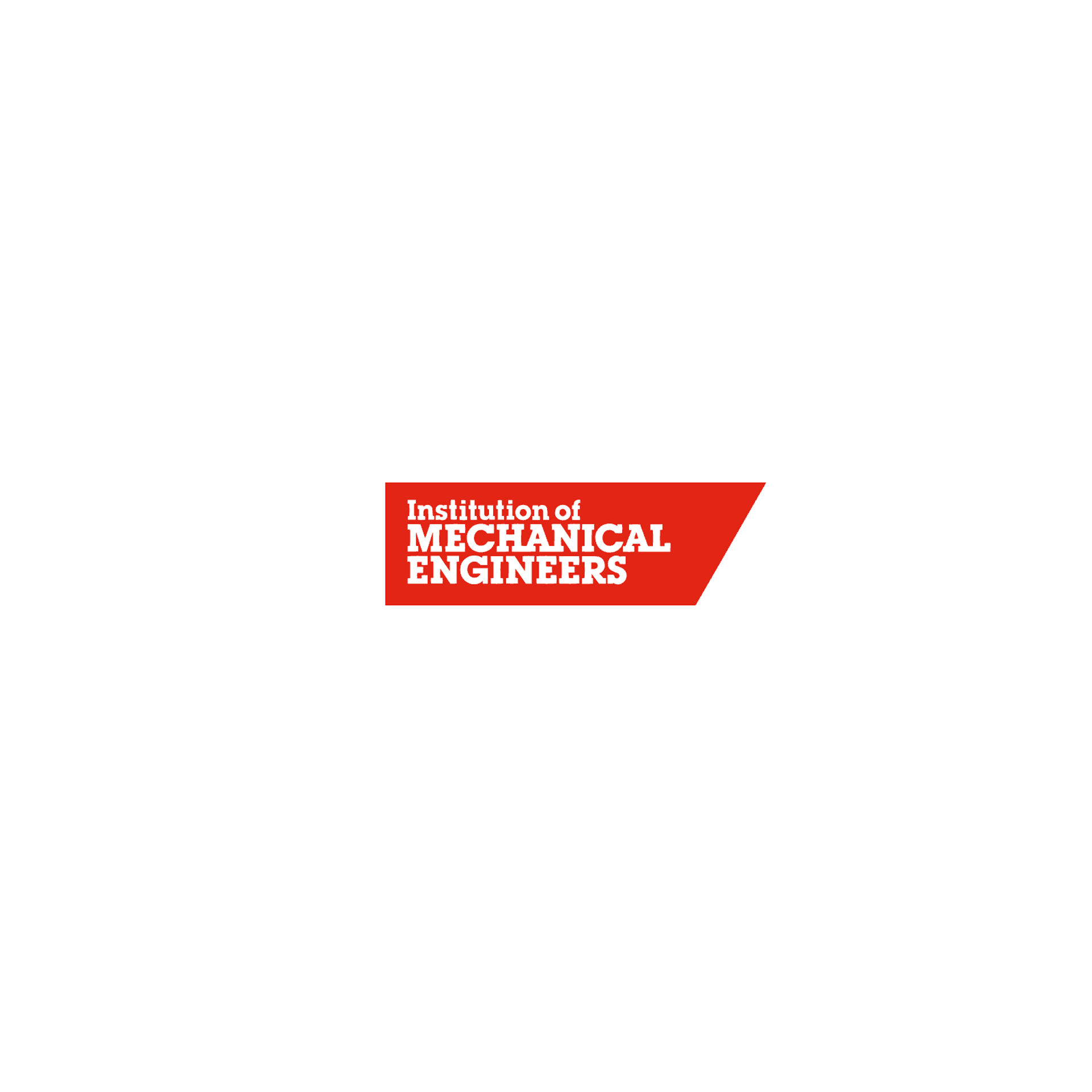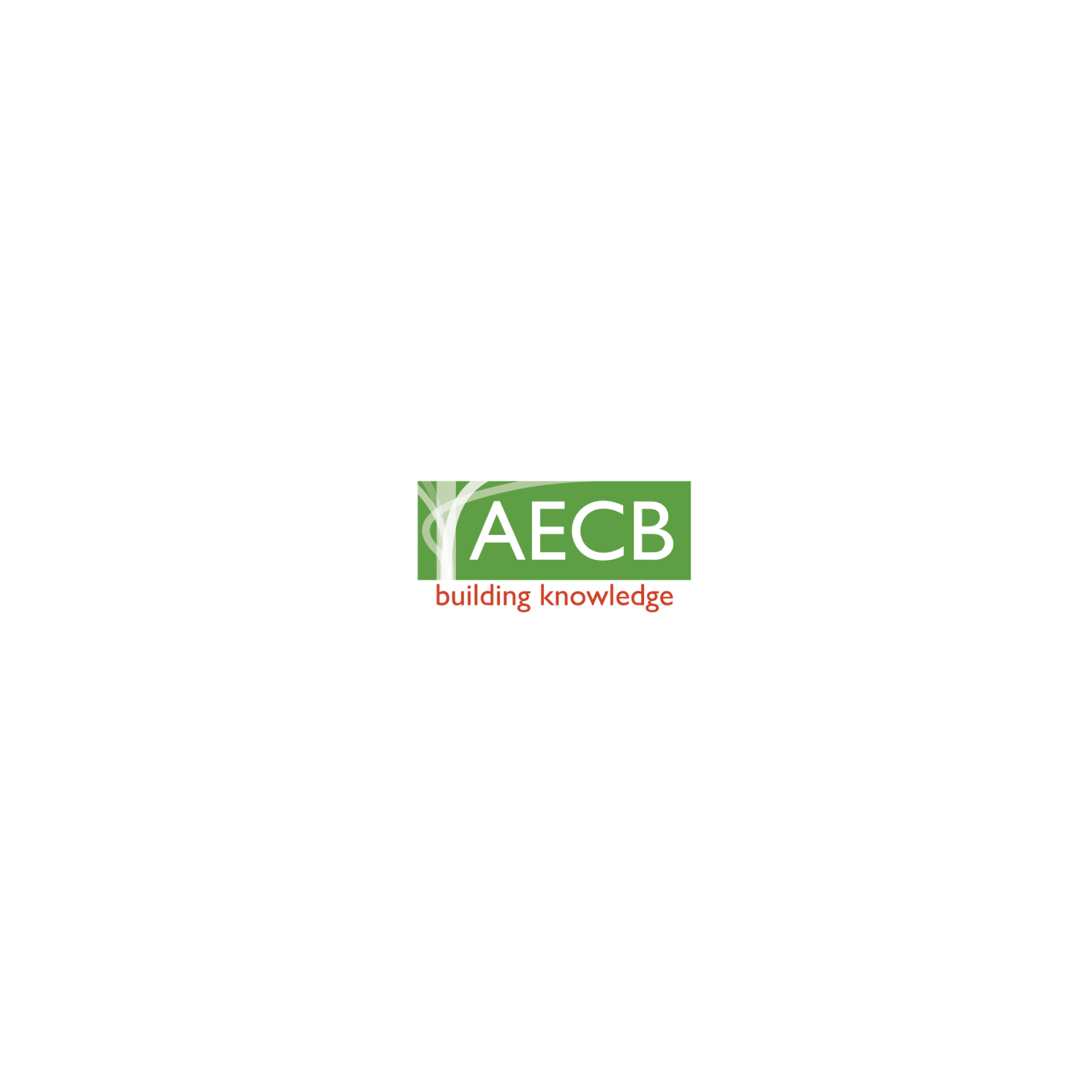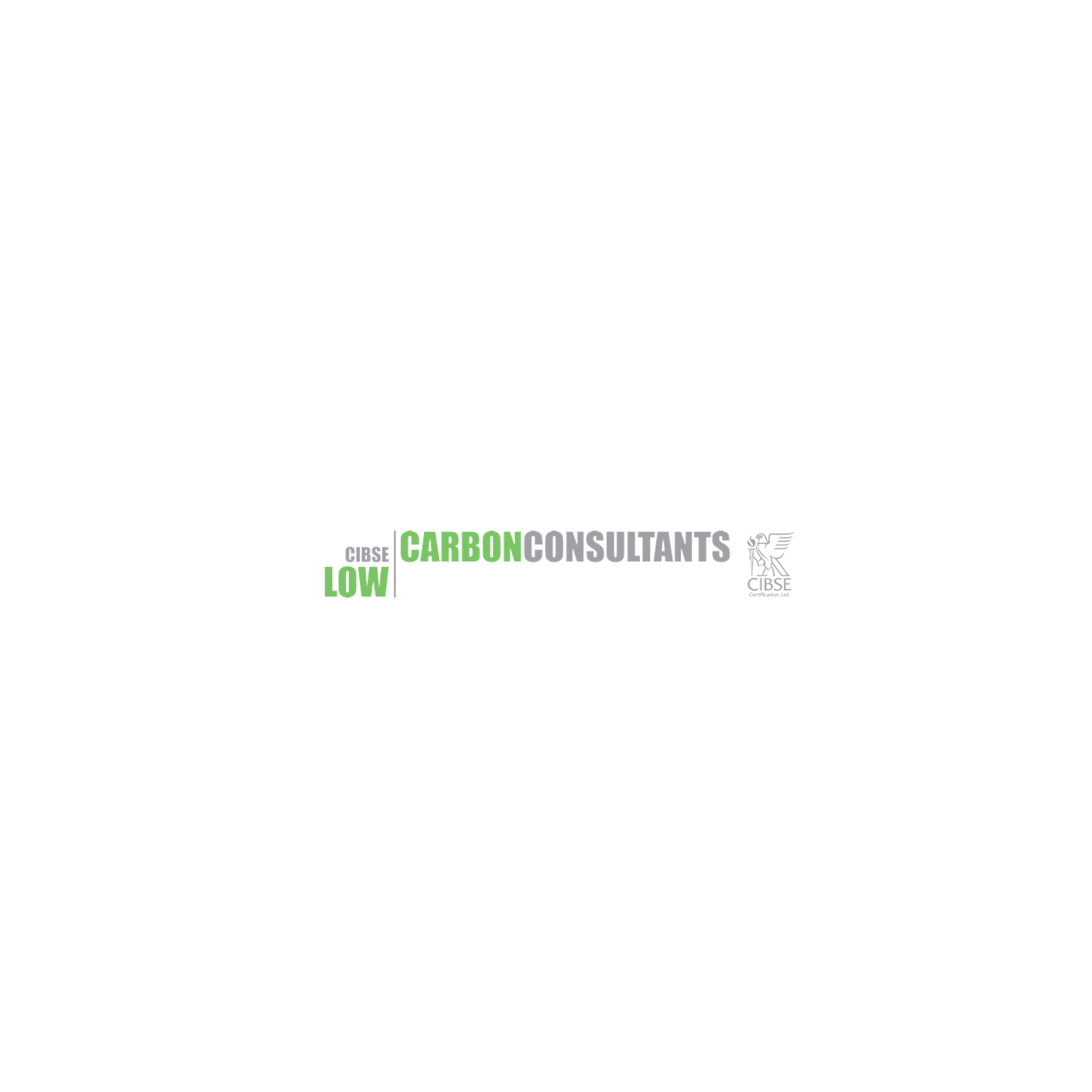Geothermal Technology for Architects: Understanding the Four Types of Collectors
When it comes to sustainable and energy-efficient building design, architects are increasingly turning to geothermal technology as a viable option.
Geothermal systems harness the Earth's natural heat to provide heating, cooling, and hot water for buildings. To make the most of geothermal technology, it is important for architects to understand the different types of collectors used in these systems. In this article, we will explore the four main types of geothermal collectors and their functions.
Horizontal loop collectors
These are one of the most common collector types used in geothermal systems. As the name suggests, these collectors are installed horizontally underground, usually at a depth of around 1.2 meters. They consist of a network of plastic pipes filled with a heat transfer fluid, typically using water or a mixture of water and antifreeze. These pipes circulate the fluid, absorbing the Earth's heat in winter and dissipating excess heat in summer. Horizontal loop collectors are best suited for buildings with ample land space available.
Vertical loop collectors
Vertical loop collectors are an alternative to horizontal loops when space is limited. Instead of being laid horizontally, vertical loops are installed vertically by drilling boreholes into the ground. Multiple loops are interconnected and placed in the boreholes, typically reaching depths of 30 to 120 meters. The loops are then filled with the heat transfer fluid, and the Earth's heat is exchanged with the fluid as it circulates. Vertical loop collectors are more expensive to install due to the drilling involved, but they are an excellent choice for urban areas or sites with limited space.
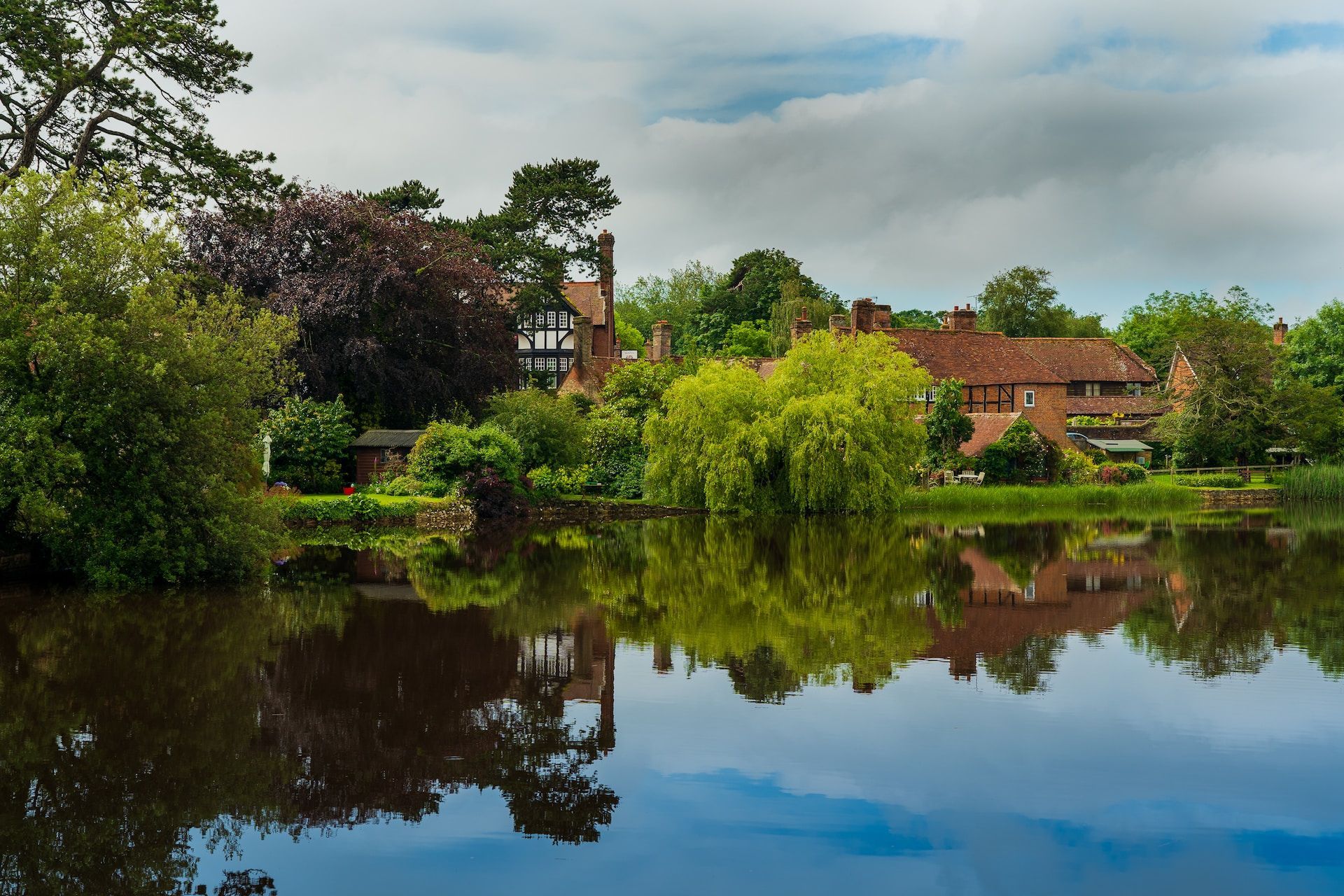
Pond/lake loop collectors
Pond or lake loop collectors utilise bodies of water to exchange heat with the geothermal system. In this setup, a network of pipes is submerged in a nearby pond or lake. The pipes are filled with the heat transfer fluid, which absorbs heat from the water during the winter months and releases excess heat during summer. Pond or lake loop collectors are an ideal option for buildings located near a water source. They are cost-effective and relatively easy to install, provided there is a suitable body of water nearby.
Open loop connectors
Also known as groundwater heat pumps, these rely on wells as a source of water for the geothermal system. Water is extracted from the well, circulated through the heat pump, and then discharged back into the ground or a separate well. Open loop systems are efficient and can provide high performance, but they require a sufficient water supply and may be subject to regulatory restrictions in some areas. Architects considering this option should consult with local authorities and water experts to ensure compliance and feasibility.
In conclusion
In conclusion, geothermal technology offers architects a sustainable and energy-efficient solution for building design. By understanding the four main types of geothermal collectors - horizontal loop, vertical loop, pond/lake loop, and open loop - architects can choose the most suitable option based on site conditions, space availability, and project requirements. With proper planning and implementation, geothermal systems can significantly reduce energy consumption and contribute to a greener and more sustainable future for the built environment. To find out more about how Mesh can help implement geothermal technology in your next project, get in touch today.
SHARE THIS POST WITH YOUR NETWORK


